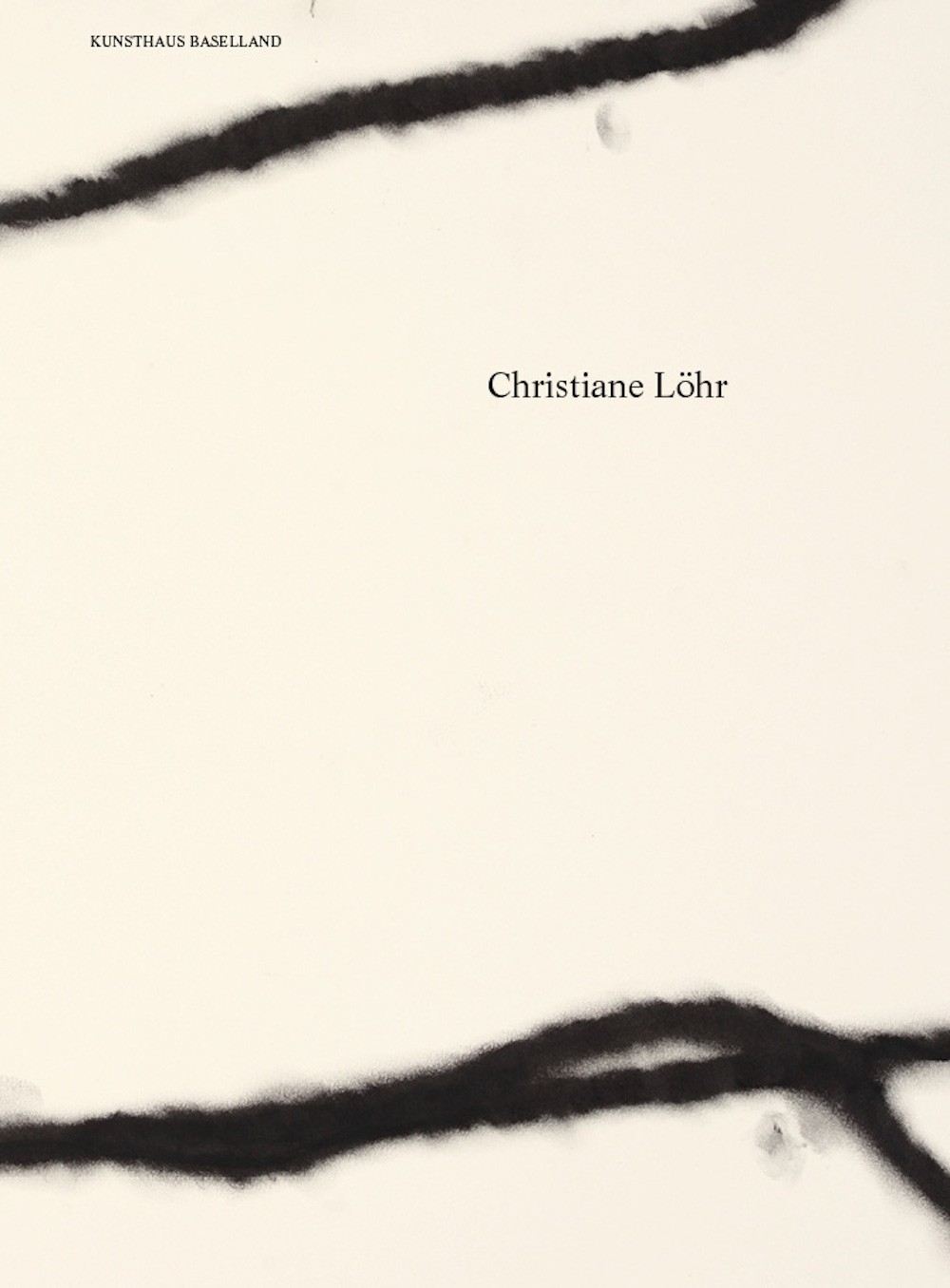Christiane Löhr
27.5. —
17.7.2016
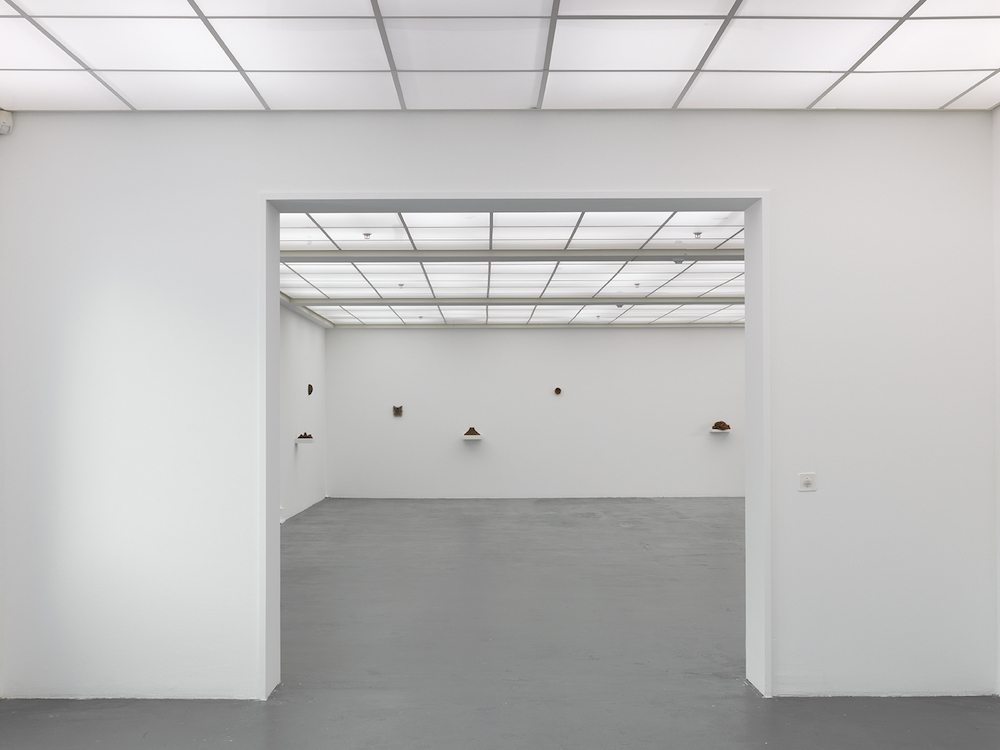
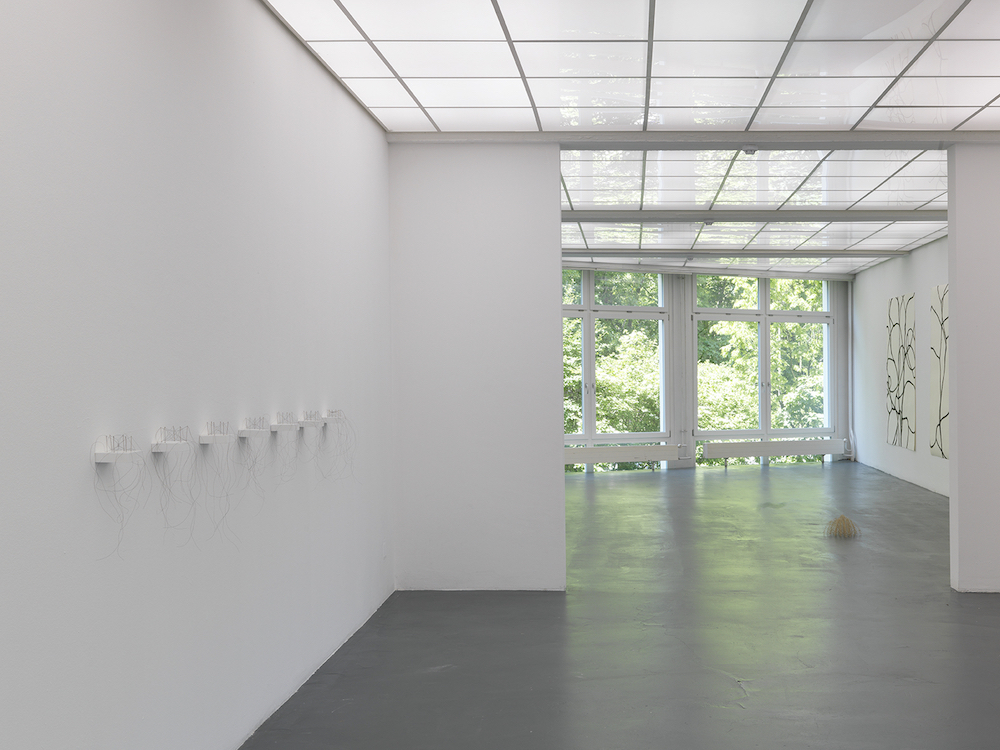
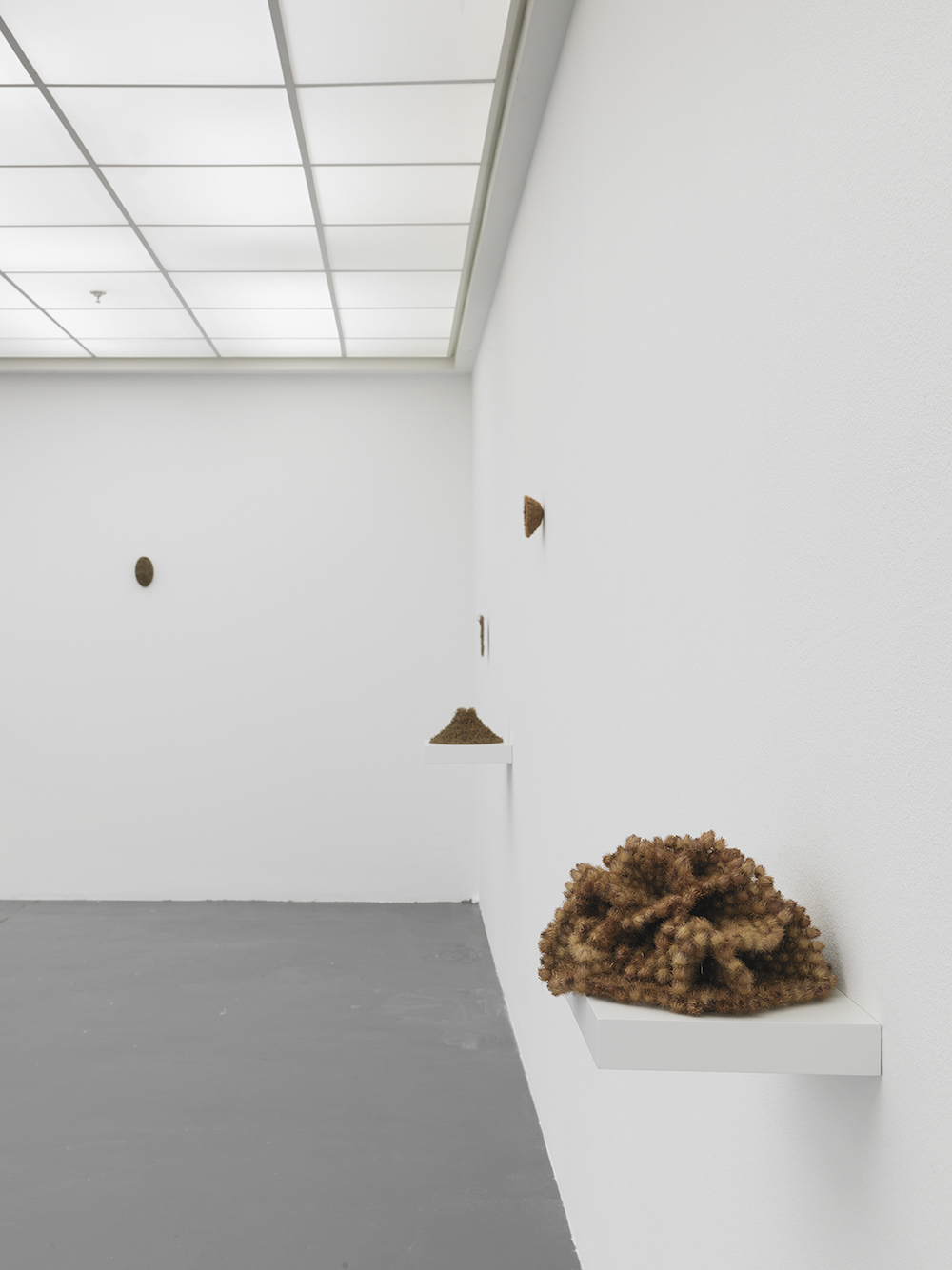
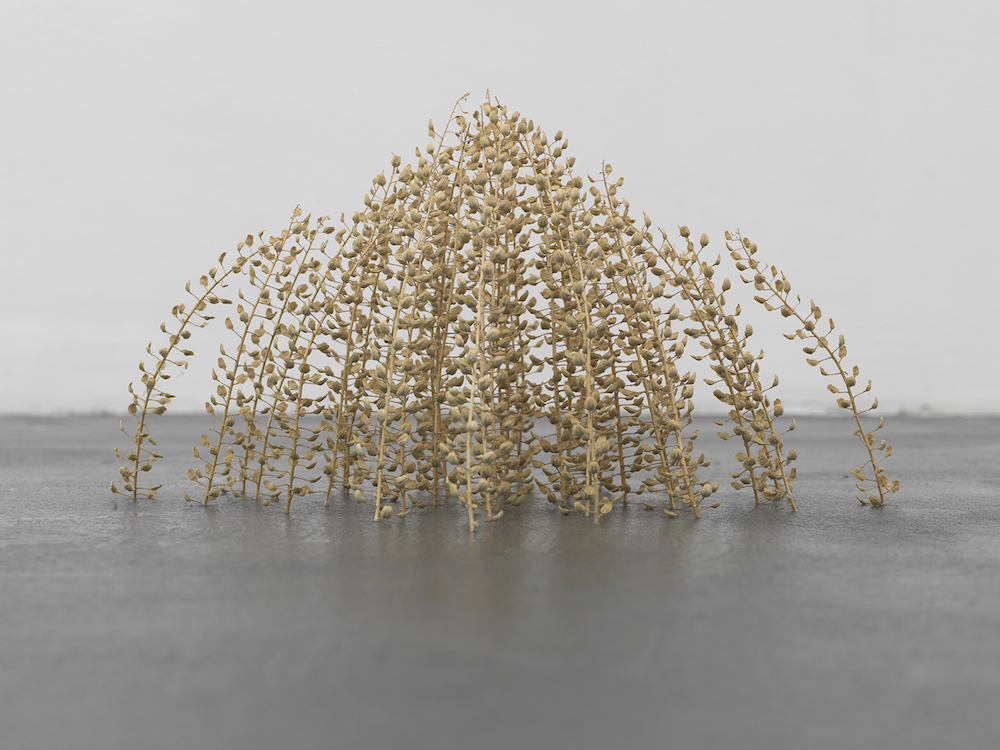
Selected press coverage
Christiane Löhr (*1965), who lives and works in Prato (Italy) and Cologne (Germany), creates light yet complex sculptures reminiscent of architecture from natural materials. These works are striking for their highly varied size and composition; they can function as autarkic images as well as elements within a space. Permanence and Löhr's material's inherent volatility or temporality find a particular and highly poetic connection in her works. For her first solo exhibition presentation in Switzerland, Löhr is developing a route following works through the space.
Sculpture is a term that comes up again and again in conversation with Christiane Löhr. Whether the artist is talking about her drawings, which hang delicately on large sheets from the wall or lie in a stack on the table of her studio in Cologne, or about the small or large-scale works in space created from burrs, plant stalks or horse hair. Formats can vary fundamentally in her work. The last large pillar in space, which she realised in 2015 for the Vangi Sculpture Garden Museum in Shizuoka in Japan, was created out of horse hair and six metres in height. The smallest plant-material sculpture at the Kunsthaus Baselland, the Kleine Konkave Form (Small Concave Form, 2016), comprised of a total height of 4.5 cm.
If you regard the many different works with their frequently varied impressions, you are inclined to challenge the use of the term sculpture for them. Or do you have to concede that that broad description is made, or even invented, for her multifaceted works? And, to push the question still further, when describing her works is it ever possible to disregard the space in which they happen to be presented? Because that too is what Christiane Löhr’s work is about: entities that are in a position to form their own spaces while connecting with the exhibition space and formally lodging there. So it makes sense to begin with the space.
Christiane Löhr swiftly chose the three upper Kabinett galleries at the Kunsthaus Baselland for her solo exhibition — her first solo exhibition in Switzerland. She took possession of the architecture, got to grips with its form, as if it were the material that was to be arranged. “The architectural situation,” says the artist, “that the roof space and the illuminated coffered ceiling run, uninterrupted, through three very different spaces, gave me the sense of being ‘stretched’ between the floor and the ceiling while I was walking through. This strong sense of vertical tension is carried over into the works that I am exhibiting.” There, for example, is the column of horse hair which does in fact draw a vertical of more than 2.5 metres through the height of the space touching both ceiling and floor directly. As the artist describes, the material for this spatial installation is almost “nothing”. You could hold it in your fist, yet nonetheless the column forms a body that develops a subtle immediacy through the fine texture of the knotted horse hairs. It is a sculptural body that finds its counterpoint in the visitor’s presence. It is easy to comprehend that the hair column also has something to do with a human figure for the artist. As Löhr puts it: “It describes a kind of physicality, one that is like ours but almost only hinted at, immaterial. Nonetheless it is a concrete sculpture that refers to its precisely chosen location.”
Text by Ines Goldbach
Text from the publication Christiane Löhr
The exhibition was generously supported by Novartis as well as the partners of the Kunsthaus Baselland.
During Christiane Löhr's exhibition a solo exhibitions by Jonathan Monk and Jan van der Ploeg were also on display.
